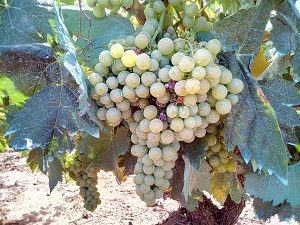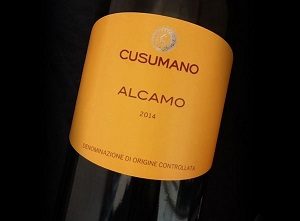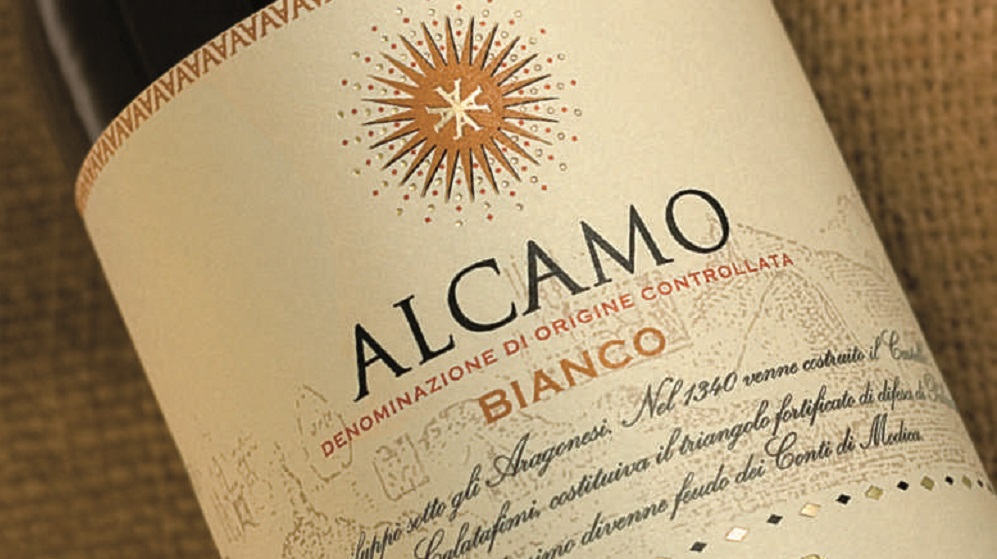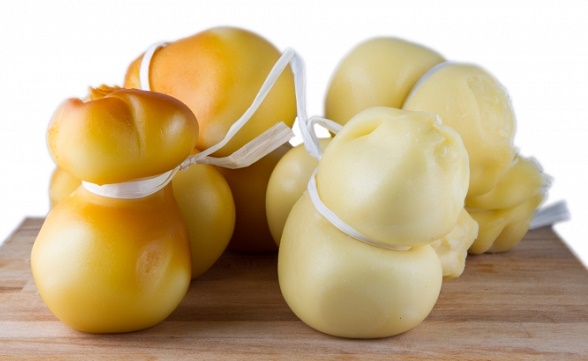 The territory
The territory
The territory of this denomination of origin is that surrounding the town of the same name in the province of Trapani, and neighboring municipalities, trespassing in the province of Palermo. The area is located in western Sicily, where the vine has been cultivated since the earliest times, with the local populations first, and then the Greek colonists, exploited the viticulture since the 8th century B.C. settled here at least seven centuries before the birth of Christ.
Even the Phoenicians gave their contribution, trading the wines of the island throughout the Mediterranean Sea, even if it was then with the conquest and the Roman domination that the wines of the city, in a very favorable position, overlooking the Gulf of Castellammare which represented a landing place safe commercial. Subsequently, the Saracen conquest led to a decline in cultivation, which however took place again around the 12th century with the Normans who favored the production of wine.
 Among the municipalities involved in this domination are those of the province of Trapani to be more active in production, because the land was more favorable with a toponymy made of low-altitude plateaus, of sweet nature, traced by numerous streams whose permeable geological nature made of lithotypes, with a strong presence of minerals.
Among the municipalities involved in this domination are those of the province of Trapani to be more active in production, because the land was more favorable with a toponymy made of low-altitude plateaus, of sweet nature, traced by numerous streams whose permeable geological nature made of lithotypes, with a strong presence of minerals.
Here the geology is composed of limestone-based rocks, with marls and clays. The whole area is formed in ancient times with the island that saw the emergence of the earth in prehistory when first here there was a sea, that of Tethys, whose bottom was made up of numerous shell fossil microorganisms, then climbed thanks to the clash between the Eurasian plate and the African plate. This geology made of marl and limestone helps the grapes both in the growth and in the quality of the wines. Clearly the weather conditions are just as favorable with few rains and a very hot climate, which concentrates the sugars.
 The grapes used
The grapes used
The denomination uses both local and international grapes, with a preference for the first Catarratto, Grillo, Grecanico and Insolia, which is called Ansonica in its land of Tuscan origin. The international grapes used instead are Chardonnay, Sauvignon and Müller Thurgau.
Catarratto is the most important grape and not by chance the most bred of Sicily, becoming the second cultivated grape of the Peninsula. There are two clones in Sicily, the Lucido one, better with results in quality wines, and the Municipality, more widespread thanks to the high productivity that it manages to express. Both give rise to aromatic wines with good acidity.
Grillo is another native vine, very widespread first thanks to the results in wine, and in particular in Marsala, where it was loved for its full contribution in structure and body. In modern times there are other vines exploited in the blend, even if the Grillo still produces good wines with earthy and citrus aromas, and astringent tastes, excellent for ageing.
One of the vines that has benefited from the reduction of Grillo crops is the Grecanico, even if it produces wines with little aroma even if similar to Sauvignon.
The DOC Alcamo for white wine
This denomination of origin was established as early as 1972 and allows the production of white and red wines under the protection of the law in the province of Trapani and Palermo. The productions are authorized for Still White, Sparkling White, Classic White and Late Harvest White wines. Except for the Classic White, which requires the use of Catarratto for 80%, in these types this vine must be present at 60%. Single-variety wines can also be produced for all the grapes used and authorized by the specification and mentioned in the previous paragraph.
 The specification provides yields of maximum 12 quintals per hectare, except if you want to produce the Late Harvest which provides a maximum yield of 80 quintals.
The specification provides yields of maximum 12 quintals per hectare, except if you want to produce the Late Harvest which provides a maximum yield of 80 quintals.
Sparkling wines can be produced either by second fermentation in the bottle or by sparkling by means of the autoclave.
When the Late Harvest is produced, the grapes are left to dry on the vine until September 15th.
In the appellation Alcamo in general the wines are straw-yellow with beautiful fragrances to the white, winy fruits. The palate is generally dry with a slightly bitter aftertaste and well-structured body.
You can taste with all the Sicilian cuisine, in particular with the typical traditional vegetables such as aubergines and asparagus. Unmissable association with fish and molluscs, even with risotto.
 The single-grape Ansonica is perfect for two other typical Sicilian foods such as fresh tuna and swordfish, or spaghetti with clams.
The single-grape Ansonica is perfect for two other typical Sicilian foods such as fresh tuna and swordfish, or spaghetti with clams.
The single-variety Catarratto still preferred molluscs such as stuffed squid, but also spaghetti with mussels. For the Chardonnay, however, the combinations are aristocratic, with important shellfish such as lobster. Pinto fish for the Grecanico and the pike for the Grillo, while the Müller Thurgau goes with the oysters.
When sparkling, Alcamo is still good with molluscs but also with some dried desserts.







